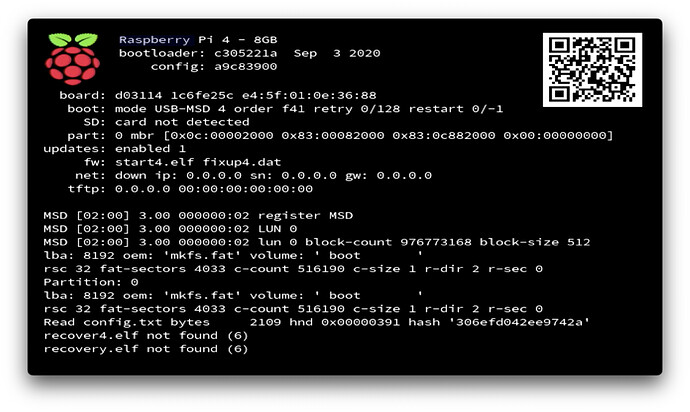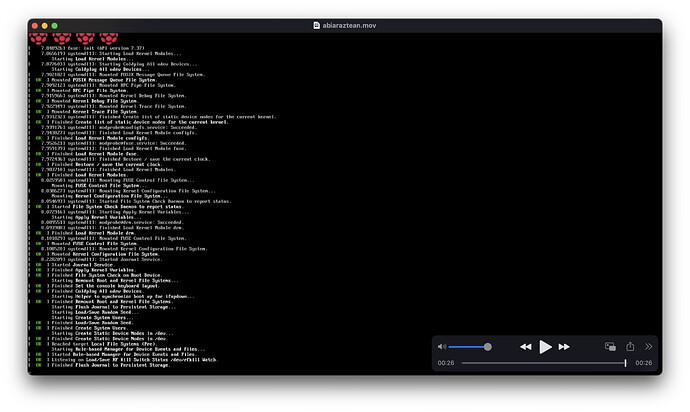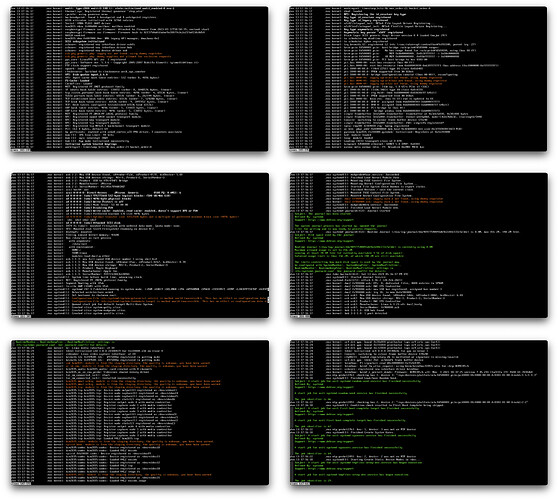Hardware**: Raspberry Pi 4 (8 Gb) at home**
YunoHost version: should be latest stable available, as I upgraded everything Friday night.
I have access to my server: Physically
Are you in a special context or did you perform some particular tweaking on your YunoHost instance?: Swap increased to 2 Gb, no other known modifications
Hi, last night I had to power off my Raspberry to move it to a different location. Once I turned it back on, it was offline, it wasn’t showing on router’s webadmin.
Things I’ve tested:
- I had bind the mac & ip on my router before, so I unbind it just in case, but still nothing.
- I’m using ethernet, and both green and orange lights are up although they don’t blink
- Router’s webadmin doesn’t list the Raspberry.
- yunohost.local takes me nowhere.
- I hooked the HDD to a different Raspberry 4 (2 Gb), but same luck
- I tried assigning a static IP modifying /etc/dhcpd.conf and also copied the settings from this thread, but the server is still unavailable.
I have access to my server physically but I don’t know how to SSH into it without an IP to get the output from ip a and I’m running out of ideas. I’m ordering a UART serial converter.
Is there any information I can get from the boot screen (the only output I’ve got) or any other thing I could try to bring it back online?
Thanks




